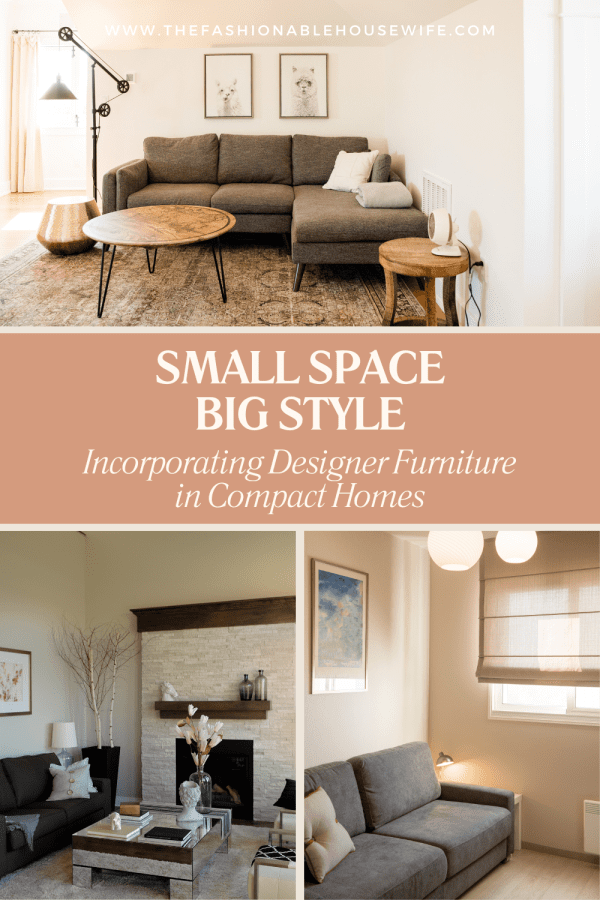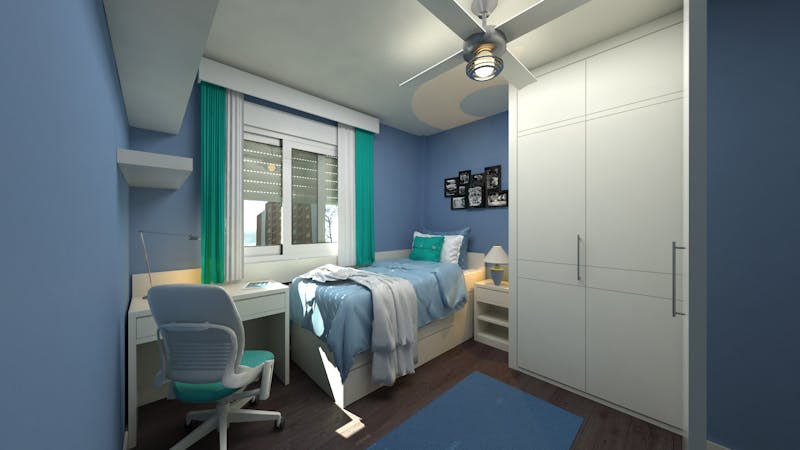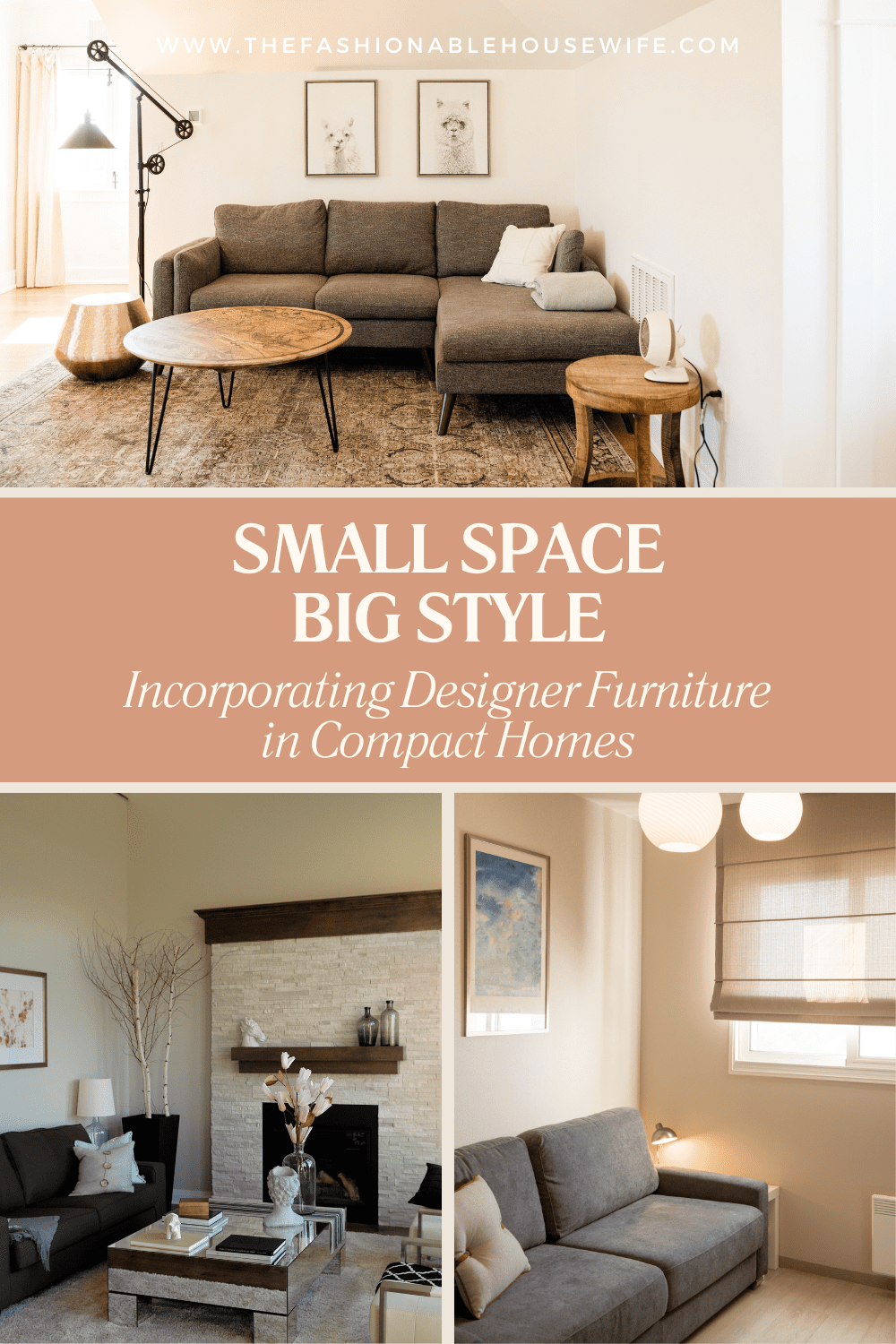Small Space, Big Style: Incorporating Designer Furniture in Compact Homes

Living in a compact space doesn’t mean sacrificing luxury or style. In fact, incorporating designer furniture for small spaces can create a sophisticated atmosphere while maximizing functionality. The key lies in strategic selection and thoughtful placement. Here’s your comprehensive guide to elevating your small space with high-end furniture design.
Select Multi-Functional Statement Pieces
When working with limited square footage, every piece of furniture needs to earn its place. Designer brands like Holly Hunt furniture excel at creating pieces that serve multiple purposes without compromising aesthetics. Consider a sleek console table that doubles as a workspace, or an elegantly upholstered storage ottoman that provides both seating and storage. These dual-purpose pieces deliver maximum utility while maintaining the elevated look you desire.
The secret is to choose pieces that make a statement while remaining proportionate to your space. A massive sectional sofa, no matter how beautiful, will overwhelm a small living room. Instead, opt for a carefully chosen designer loveseat with clean lines and exceptional craftsmanship. The impact comes from the quality and design rather than the size.
Create Visual Space Through Smart Design
Designer furniture often incorporates elements that can help a room feel more spacious. Look for pieces with:
- Raised legs that allow you to see the floor beneath, creating a sense of flow
- Glass or lucite components that maintain visual transparency
- Reflective surfaces that bounce light around the room
- Slim profiles that don’t consume visual weight
For example, a glass-topped dining table from a luxury manufacturer can make your dining area feel more open while still providing the functionality you need. Similarly, wall-mounted lighting fixtures free up surface space while adding architectural interest.
Focus on Quality Over Quantity
In small spaces, fewer pieces of higher quality make a stronger impact than numerous lesser items. This is where designer furniture truly shines. A single masterfully crafted armchair can become the focal point of a room, eliminating the need for multiple seating options. The intricate details, superior materials, and exceptional craftsmanship of high-end pieces naturally draw attention and elevate the entire space.
When selecting these investment pieces, prioritize items that will see daily use. A beautifully designed dining chair or a stunning desk will provide both practical value and aesthetic pleasure, justifying the investment in quality.

Strategic Placement and Space Planning
The placement of designer furniture in a small space requires careful consideration. Create clear pathways and maintain breathing room around each piece. A common mistake is pushing furniture against walls – instead, try floating pieces to create more intimate arrangements that maximize flow.
Consider these placement strategies:
- Angle furniture to create dynamic sight lines
- Use designer pieces to define separate areas within a single room
- Ensure adequate clearance for doors, drawers, and daily movement
- Position larger pieces where they won’t block natural light sources
Scale is Important for Furniture for Small Spaces
Understanding scale is crucial when incorporating designer furniture into small spaces. While you might fall in love with an oversized statement chair, it needs to work within your room’s proportions. Many luxury furniture makers offer scaled-down versions of their signature pieces, perfect for compact homes.
Look for furniture that sits at different heights to create visual interest without cluttering the space. A low-profile sofa paired with a taller accent chair can create dimension while maintaining balance.
Color and Material Considerations
In small spaces, the materials and colors of your designer pieces play a crucial role in the overall atmosphere. Light, neutral tones can help create an airier feel, while rich textures add depth without overwhelming the space. Consider:
- Natural materials that age beautifully, like leather and wood
- Fabrics that resist wear while maintaining their luxury appeal
- Colors that complement rather than compete with your space
- Finishes that enhance rather than dominate the room
Balancing Old with New
Don’t feel pressured to fill your space exclusively with designer pieces. The most interesting rooms often combine high-end furniture with vintage finds or more modest pieces. This mix creates personality while keeping the space from feeling like a showroom. A designer sofa can coexist beautifully with a family heirloom side table or a contemporary artwork.
Storage Solutions
Many designer furniture brands recognize the importance of storage in small spaces. Look for pieces that incorporate hidden storage compartments without sacrificing style. A beautifully crafted cabinet can house media equipment, while an elegant chest can store extra linens or seasonal items.
The Power of Accessories
Complete your space with carefully chosen accessories that complement your designer furniture. Quality over quantity applies here as well – a few well-chosen pieces will have more impact than numerous small items. Consider:
- Architectural lighting fixtures
- Statement mirrors to expand the space
- Carefully curated art pieces
- High-quality textiles
Final Thoughts
Incorporating designer furniture into a small room requires thoughtful planning and careful curation, but the results can be extraordinary. By focusing on quality, functionality, and strategic placement, you can create a space that feels both luxurious and livable. Remember that successful small-space design is about making confident choices that reflect your style while respecting the constraints of your space. With the right designer pieces as your foundation, even the most compact home can become a showcase of sophisticated style.

